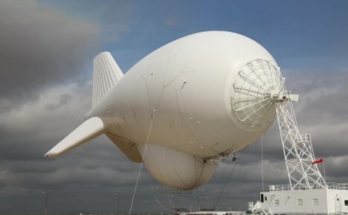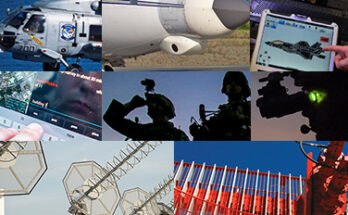by Zachary Hofer, Forecast International.
The EISS and ASQ-230 ASIP are living in tumultuous times. Northrop Grumman’s Enhanced Integrated Sensor Suite (EISS) and ASQ-230 Airborne Signals Intelligence Payload (ASIP) make up the two primary electronics systems on board the U.S. Air Force’s RQ-4B Block 30 Global Hawk unmanned air vehicle (UAV). They are expensive and they require constant RDT&E funding in order to stay relevant. While the EISS has the benefit of being fitted to international-spec Block 30s, the ASQ-230 ASIP, containing far more sensitive intelligence technologies, has been deleted globally. The ASIP does hold one advantage over the EISS, however, in that it has also been specified for another, even more rarified application: the U-2 spy plane.
So all appears rosy, right? Actually, no. It is true that the EISS has a successful platform that is also being sold on the international market, and that the ASQ-230 ASIP flies on two platforms, greatly increasing its chances for long-term support. Still, both of these advanced electronics systems suffer the same, critical weakness to a lasting life, and that is a lack of support for their host platforms by the very customer that provides development funding.
In the past several years, the U.S. Air Force has repeatedly defunded the Global Hawk Block 30 program only to have Congress later reinstate funding. Likewise, plans to eliminate the creaky U-2 from the Air Force fleet have persisted for years only to fail over and over again. The U-2 first flew in 1955. If it were a person, in five years it would be eligible for standard U.S. retirement benefits.
Maybe the U.S. Air Force will develop newfound affection for the Block 30, as its global military partners rely on the Air Force to sustain the relevancy of the UAV and its sensor systems. Maybe the ASIP will find new life on board another spy platform, staying on even as the U-2s dry rot in the deserts of Arizona or New Mexico. Maybe the U.S. stops funding the Block 30 and its attraction to international customers is debased, causing all sales of the EISS to stop. Maybe funding to maintain the ASIP’s capabilities is eliminated, the Block 30 is dropped from the fleet, the U-2 goes to the retirement village, and no one ever hears from the obscure signals intelligence package again.
In any event, these two electronics systems, the EISS and the ASQ-230 ASIP, are living in tumultuous times.
For 50 years, Forecast International intelligence reports have been the aerospace and defense industry standard for accurate research, analysis, and projections. Our experienced analysts compile, evaluate, and present accurate data for decision makers. FI's market research reports offer concise analysis of individual programs and identify market opportunities. Each report includes a program overview, detailed statistics, recent developments and a competitive analysis, culminating in production forecasts spanning 10 or 15 years. Let our market intelligence reports be a key part of reducing uncertainties and mastering your specific market and its growth potential. Find out more at www.forecastinternational.com



